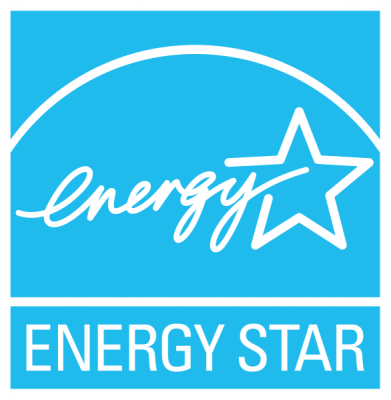“Abe's Heating and cooling were professional and on time. they helped me with two time sensitive projects and did excellent work. I know who I'll be calling if I should ever need an HVAC technician.”
Blog
 Choosing appliances that have the ENERGY STAR label is an easy way to identify models that are energy efficient. Doing so is great for lowering your energy costs and for reducing greenhouse gases in the environment.
Choosing appliances that have the ENERGY STAR label is an easy way to identify models that are energy efficient. Doing so is great for lowering your energy costs and for reducing greenhouse gases in the environment.
Energy Star and the Energy Star label were created as part of the federal Clean Air Act in 1992. The voluntary program is run by the U.S. Environmental Protection Agency (EPA). It helps consumers save money and reduce negative environmental impacts by choosing products with the greatest efficiency. The overall goal is to reduce energy consumption, improve energy security and reduce pollution.
The Energy Star label effectively identifies the Energy Star rating on appliances and other products that participate in the program, in order to easily differentiate them for consumers. The ratings are product specific and follow guidelines that adhere to a number of principles set forth by the EPA.
Products must meet the energy efficiency requirements in accordance with theses Energy Star product guidelines:
In order to receive the Energy Star label, a product must meet the same or better standards than typical products and use less energy. Standards are product specific. Some examples include:
Energy Star contributes to improved environmental quality and public health by making it easy for consumers to choose energy efficient products and by encouraging manufacturers to qualify for the designation. The program helps state and local governments reduce the costs of meeting their air quality requirements and goals.